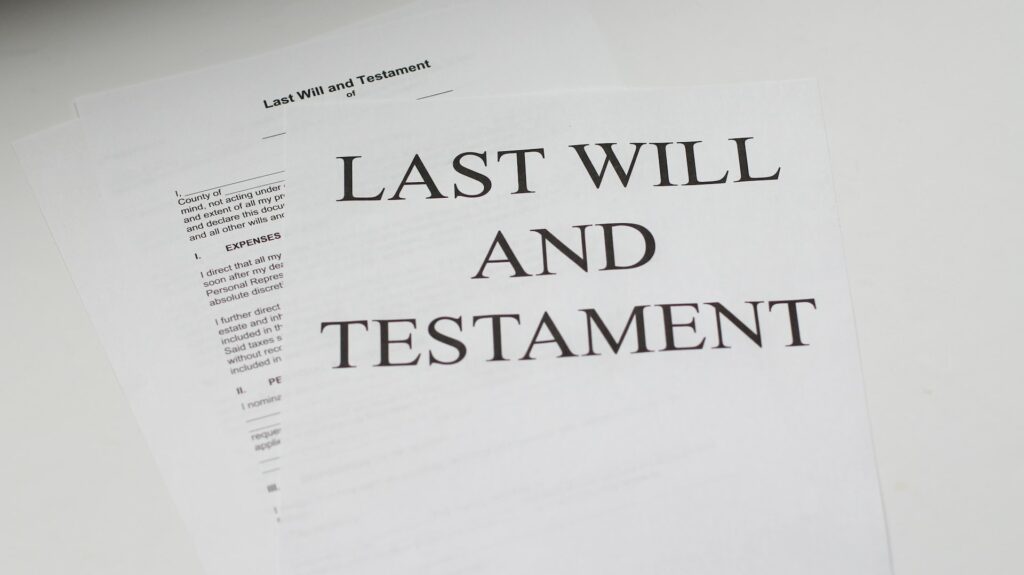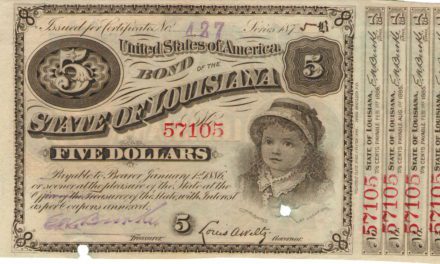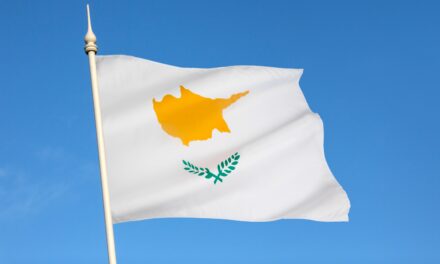Iron-Clad Asset Protection Structures
What is a Trust?
A trust is a legal mechanism that allows assets to be held and managed by one person (the trustee) for the benefit of another person (the beneficiary).
A trust can be used for any purpose and to own any kind of asset. It offers the ultimate flexibility in the ownership of property. The trust is able to do anything that an individual or corporation can do. This includes owning stock and bonds, real estate, precious metals, cash, and bank accounts. It can conduct business in any way that it’s authorized.
A trust can be created for any purpose, such as to take care of family members, pay tuition fees, provide financial support to retirees, pay medical expenses, and so on.
How to set up a trust
Whoever decides to set up a trust is known as the settlor or grantor. The grantor transfers the legal title to the assets he wants to place in trust to the trustee. The grantor selects the trustee. The trustee can be a friend, a bank, or a professional manager.
The assets granted to the trust and under the control of the trustee are then managed on behalf of the beneficiaries of the trust.
Legally, the ownership of the assets passes from the grantor to the trust. The trustee or trustees of the trust become responsible for the management of those assets for the life of the trust. The beneficiaries of the trust will be entitled to receive income or assets from the trust only as detailed in the trust declaration.
The grantor can stipulate the powers of the trustee in the trust declaration that’s made when the trust is set up initially. The powers given to the trustee can be strictly limited if that’s what the grantor wants. It’s important that the grantor is very clear about his intentions for the trust in the declaration. He must decide how the trust is to be used. This can be very detailed with regard to how the fund is to be invested and when beneficiaries can receive income or capital from the trust.
After you set up a trust, you must decide which assets will be donated to the trust. This can be one specific asset, such as a property, or it can be all your assets. All assets transferred to the trust must be legally conveyed. Bank and brokerage accounts will have to be opened, and cash and stock certificates will be transferred to the trust’s accounts. Real estate titles should be transferred to the trust.
The trust can also be the beneficiary of insurance policies and certain pensions. Works of art and business ownership can also be transferred to the trust.
Privacy when you set up a trust
When you set up a trust, it can be used to keep your affairs private. In some jurisdictions, the trust itself is a matter of public record, but the details of the grantor and beneficiaries remain private. This provides maximum privacy.
Nobody Can Own a Trust
The whole point of a trust is that, unlike a corporation, it can’t have owners. Instead, the assets of the trust are managed by the trustees for the benefit of the beneficiaries. Depending on the trust declaration, the beneficiaries can include people who haven’t been born yet, such as future children and grandchildren.
How does setting up a trust protect your assets?
Because the trust has no legal owners, the assets remain safe from lawsuits and seizures. Some degree of caution has to be taken to avoid the accusation of fraudulent conveyance. That is where someone decides to transfer assets to the trust immediately before a major event such as bankruptcy or divorce. It’s best to set up a trust long before any problems are on the horizon.
It would be impossible for an accusation of fraudulent conveyance to be made if assets were transferred to the trust before marriage or decades before bankruptcy. In that case, the assets held in the trust would be protected. Even from major wealth-changing events such as divorce and bankruptcy.
Set up a trust overseas or at home?
Overseas trusts (or foundations) in some jurisdictions have major advantages in terms of protecting the assets held by the trust. Jurisdictions such as The Cook Islands and Nevis have time limits on any claims on the trust for fraudulent conveyance. If two years elapse from the date assets are conveyed to the trust, no legal claims can be made against those assets. Furthermore, the very fact that the trust is overseas makes it much more costly and complex for any creditor to pursue a legal claim against the trust.
Using a Trust for Estate Planning

The most common reason to set up a trust is to create a pre-defined method to pass title to property from one generation to another. The trust can be set up in such a way that complex probate procedures can be avoided. It can also be structured to avoid inheritance tax on the assets contained within the trust.
If a trust was set up many years ago, it’s much less likely to be challenged legally compared to a will. Wills are often challenged during probate. The existence of a trust with independent trustees is a solid defense against the accusation of mental incompetency. This can be an issue for wills written later in life.
Some civil law countries have forced heirship requirements. When you set up a trust, this can ensure that the assets are kept out of the local probate system. In that way the trust can ensure that your assets end up with whoever you want them to end up with.
The Living Trust
The grantor can set up a living trust to be completely revocable during his lifetime. Assets can include any kind of property, such as shares in a company, yachts, real estate, aircraft, etc. Only one trustee is necessary, although you can have more. A revocable trust means that the grantor retains the power to vary or completely revoke the trust during his lifetime.
If the trust is revoked, all assets of the trust revert back to the grantor. After the death of the grantor, the trust becomes irrevocable and can’t be changed. The trustee is obliged to follow the instructions in the original declaration of trust. This kind of trust may seem attractive. After all, there’s no need to trust third parties with your wealth. But if you are the grantor and the beneficiary during your lifetime, the trust offers almost zero in the way of robust asset protection. Such a beneficial arrangement is sure to be challenged if you run into problems with creditors during your lifetime.
When you set up a trust in this way, there are advantages for heirs and beneficiaries of the grantor. They would acquire immediate income from the trust. They would also avoid probate with the delays that entail as the trust’s property is not part of the estate of the grantor. This trust structure would avoid any disruptions to the running of businesses owned by the trust too. When you set up a trust, you can choose the jurisdiction with the most advantageous law that suits your needs.
The Testamentary Trust
This is the most common type of trust. One would set up a trust like this to dictate what happens to assets held in trust after the death of the grantor. This lets the grantor make provisions for loved ones. This can be necessary to protect young children and make sure that their interests are looked after until they reach a certain age. It can be set up to provide income for beneficiaries without giving them control of the assets in the trust.
This protects the assets from creditors of the beneficiaries and can protect the underlying assets for future generations. This is how members of the aristocracy have managed to keep vast estates within one family for generations. The trusts are set up in a way that prohibits the sale of the assets but allows family members to receive the income that the assets, such as farmland or businesses, produce.
How to Set Up a Trust Offshore
An offshore trust can create an extra layer of privacy for the trust and the grantor. In many jurisdictions, the trust doesn’t have to be disclosed on the public record. In other jurisdictions, the existence of the trust itself is part of the public record, but no details of the grantor or beneficiaries are disclosed. It’s, therefore impossible for anyone to find out what assets are held in the trust and who the beneficiaries of the trust are. This can make litigation against the trust very challenging.
In order to set up a trust offshore, you’ll have first to select the right jurisdiction. There are many on offer in the offshore world, from Lichtenstein to The Cook Islands. All have their own benefits and drawbacks. You must decide which is best for your circumstances.
You will then transfer the title of the assets you want to be held by the trust and be administered by the trustees under the trust declaration. You will appoint the trustees who will manage the assets as per your instructions on behalf of your beneficiaries. The trust declaration must always allow the grantor to change the trustees at any time for any reason.
It should also be set up so that the grantor must approve any investments or distributions. You can go one step further and have the trust to own an asset management company. This company will be the investment manager for the trust’s assets. While the grantor can’t be a trustee, he can be an investment adviser and have complete control of the asset management company. In this way, the trust can own all the assets while you continue to manage them on behalf of future beneficiaries.
Conclusion
A trust can be the ultimate asset protection structure when set up correctly. It can protect your assets against future creditors. It can ensure that estates are passed to your heirs seamlessly in accordance with your wishes. Because a trust is owned by nobody it makes it difficult to litigate against. The trust declaration is the most important document when you set up a trust. It’s important to get this right and ensure that the balance between protecting your assets and ensuring their safety is maintained.
FAQs
Is setting up a trust a good idea?
It can be a good idea to set up a trust to protect assets and for estate planning.
What are the disadvantages of a trust?
When assets are placed in a trust you are no longer the legal owner of those assets. Great care must be taken when setting up a trust.
What is the purpose of a trust?
The purpose of a trust is to protect family assets and for estate planning.
How do you establish a trust?
You set up a trust with a trust declaration
Is There a Difference Between a Trust and a Trust Fund?
A trust and a trust fund are different terms for the same entity.
Who Owns a Trust?
A trust can have no owners. It only has trustees who are charged with protecting the assets for the beneficiaries.











